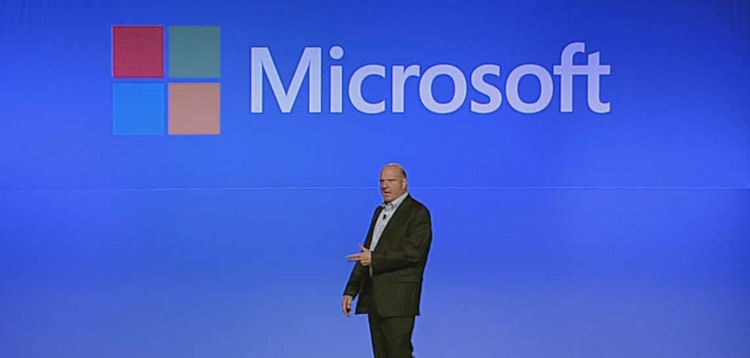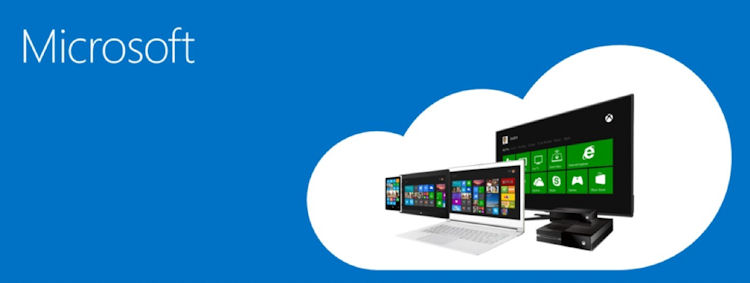It's clear that Microsoft see controlling the hardware as playing a vital role in mobile. At the heart of this view is the idea that it will give the company a greater share in the profit margins that come from selling mobile devices. That's a view that is in contrast to the traditional company's traditional software licensing business model and is a reflection of the change in thinking as Microsoft seeks to move towards a more devices and services orientated strategy.

From the transcript of the event:
Mobile devices, we have almost no share. I don't know whether to say that with enthusiasm or kind of uncomfortable tension, but I'm an optimistic guy. Anything we have low market share sounds like upside opportunity to me. We're paying to do it all day every day. It's in all that op-ex that Amy talked to you about, so now it's just boom. It's getting after it and really making sure that we deliver the kind of revenue and gross margin upside that's certainly there.
The Nokia deal is a lot of things. One of the things that it certainly is is a way to make sure that we can actually capture the gross margin upside, because we are making most of the investment today that we need to make even owning Nokia. So we're very excited to have a chance to capture the gross margin upside by actually being the device provider, particularly given that Nokia already sells over 80 percent of the Windows Phones that get sold around the world.
Ballmer, during a question and answer session, talked about how he regretted that Microsoft had not invested more energy into mobile in the early 2000s, noting that if the company resources had been deployed differently Windows may have enjoyed more success in other form factors.
If there's one thing I guess you would say I regret, I regret that there was a period in the early 2000s when we were so focused on what we had to do around Windows, that we weren't able to redeploy talent to the new device form factor called the phone. That would probably the thing I would tell you I regret the most, because the time we missed was about the time we were working away on what became Vista, and I wish we'd probably had our resources slightly differently deployed, let me say, during the early 2000s. It would have been better for Windows and probably better for our success in other form factors.
Given that the Nokia deal awaits share holder and regulatory approval it was no surprise that any details on Microsoft intentions on how it will integrate Nokia's Devices & Services business were limited. However, there was some discussion, from Terry Myerson, about how Microsoft sees Windows Phone becoming closer to desktop Windows over the next few years.
It was also apparent that Microsoft see Windows a its key brand. That means the Windows part of Windows Phone will remain key in any future device branding, but whether that extends it to the name of devices remains to be seen. The most likeley scenario remains devices being branded as Windows powered, but with a separate hardware brand name (e.g. Lumia, Surface, Xbox).

